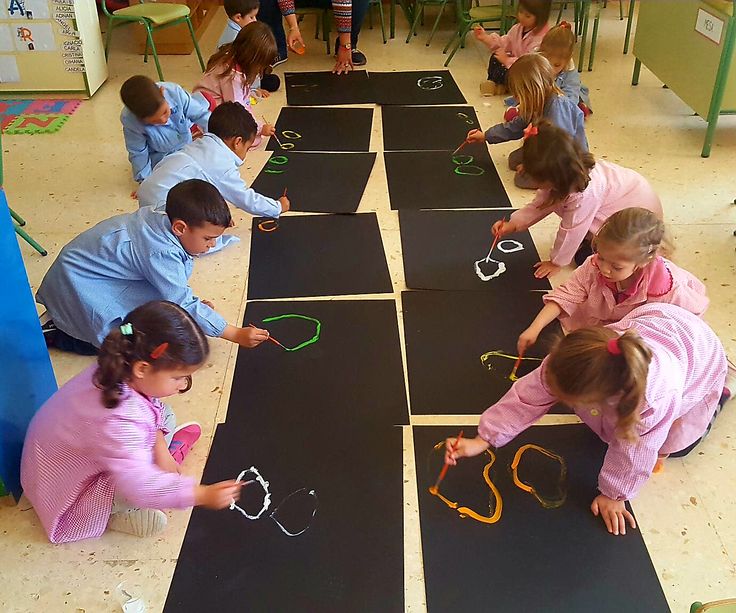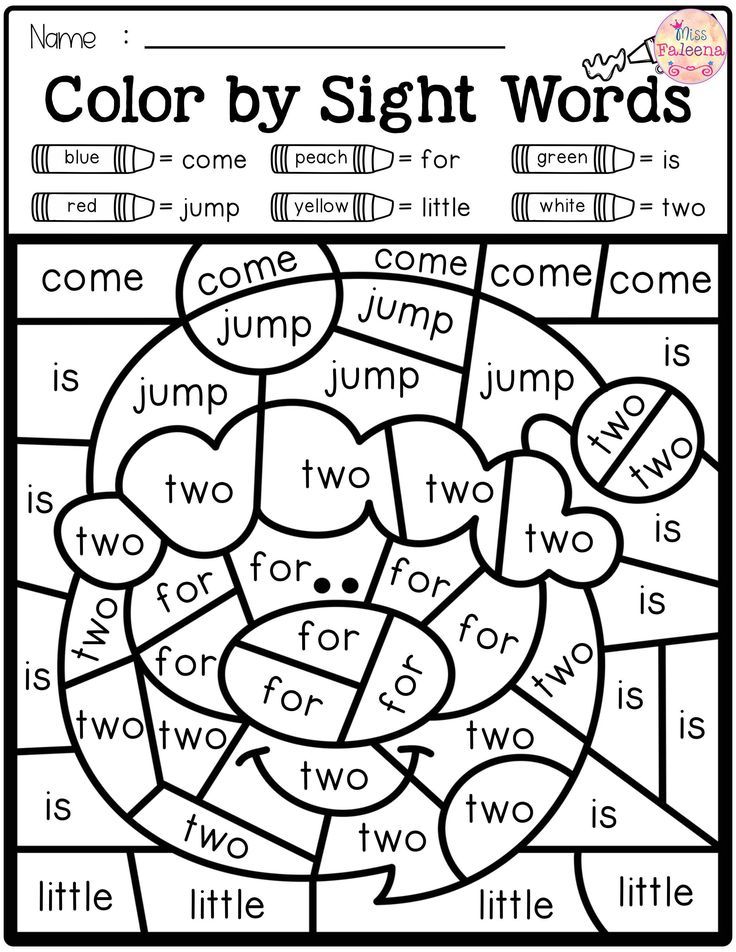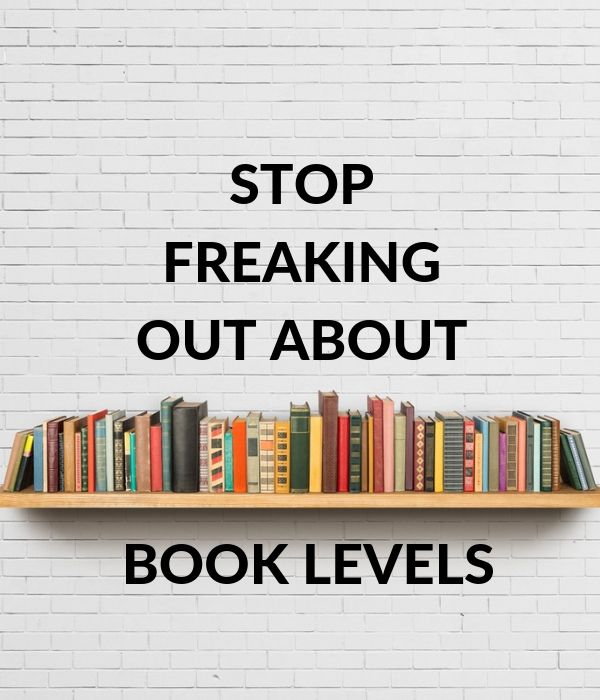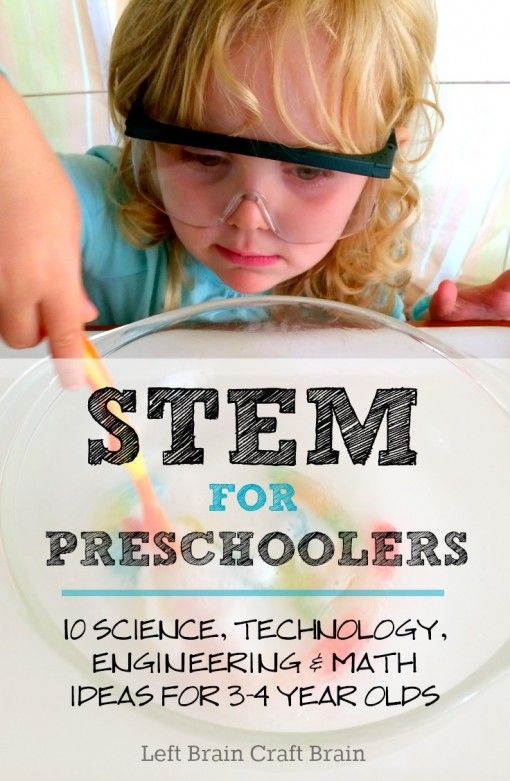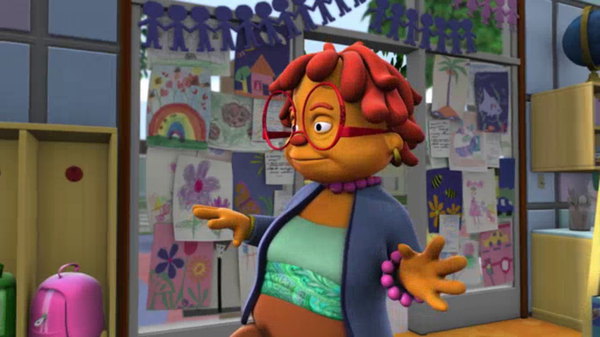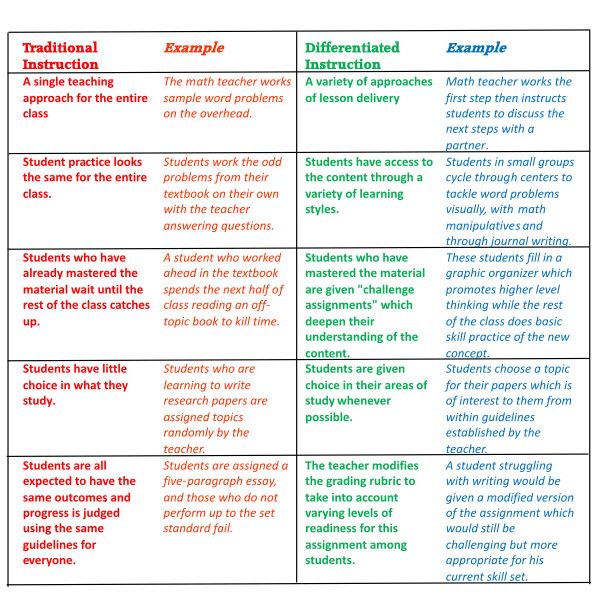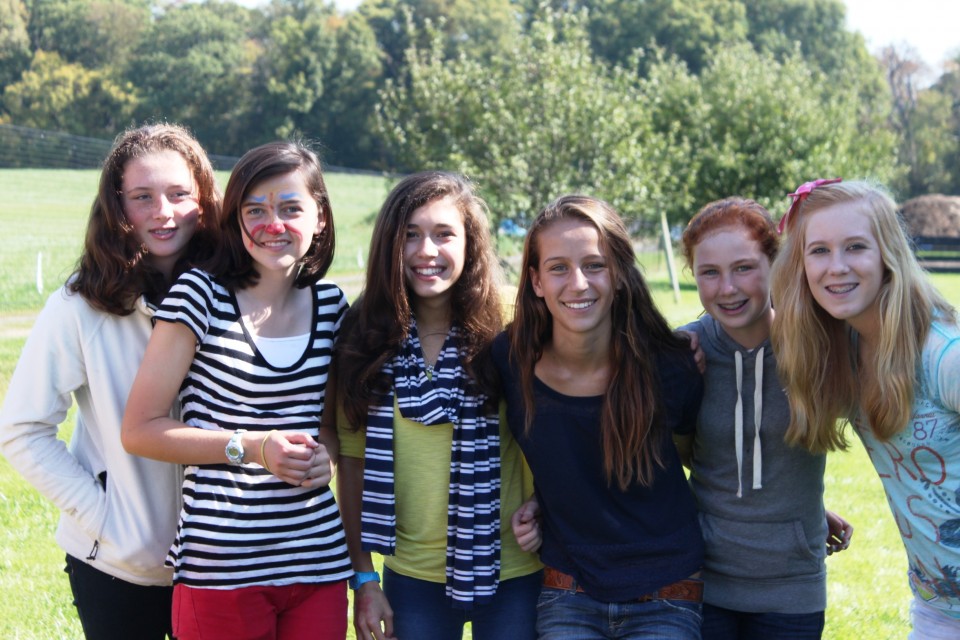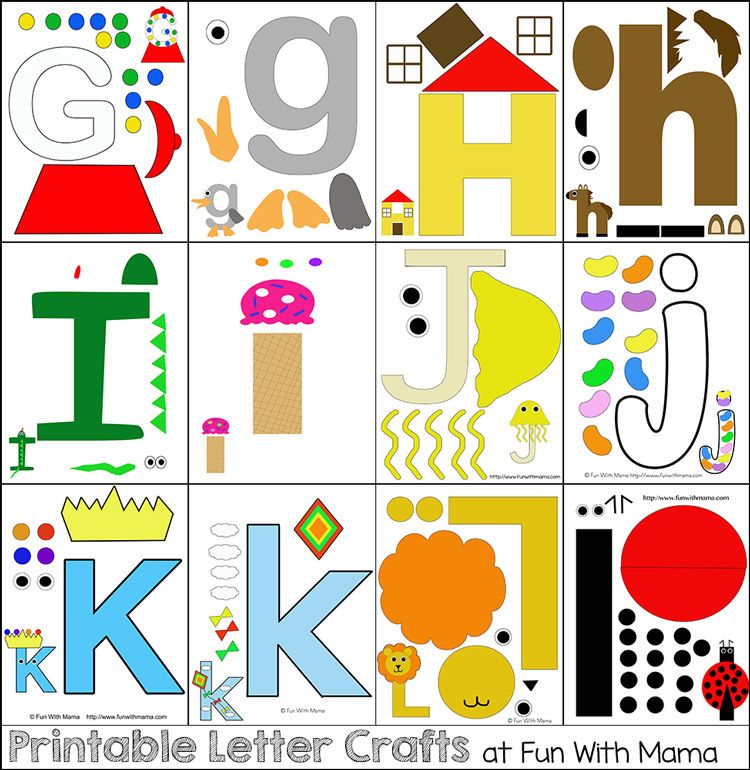First step of reading
How To Teach A Child to Read In 10 Easy Steps
Teaching your child to read can be one of the most rewarding experiences of your life! Here we share 10 tips on how to teach a child to read, from pre-readers all the way to school-age children!
As a former first grade teacher, teaching children to read is one of my greatest passions! But because most children don’t start actually “reading” until around 6 years old (which is upwards of the targeted age range for my blog), I didn’t want parents to feel pressured that their 3-year old needs to start reading (which, by the way, they don’t!). However, the information shared below is general information that is beneficial for children of
all ages, whether your child is ready to read or not. Don’t implement all of these strategies at once, nor should you expect your child to be able to do everything right away. Learning to read is a process and the information below is simply for you to implement when you feel your child is ready.
Once your child is ready to begin reading, you will need to find a systematic and explicit program that teaches phonemic awareness and phonics. This is essential. Learning to read is like breaking a cipher code (and contrary to what the title of this post suggests, it is NOT easy). Every child must learn the code and it makes the most sense to teach this explicitly rather than depending on kids figuring it out on their own. Please also recognize that although the suggestions below are labeled as “steps”, they are not necessarily in consecutive order, nor are they in order of importance. The information you will find here is simply a guide to help you see how each of the components of reading fit together for your pre-reader. If your child is school-aged and you are looking for a curriculum on how to teach a child to read, I highly recommend Pathways to Reading Homeschool.
How To Teach a Child To Read
1.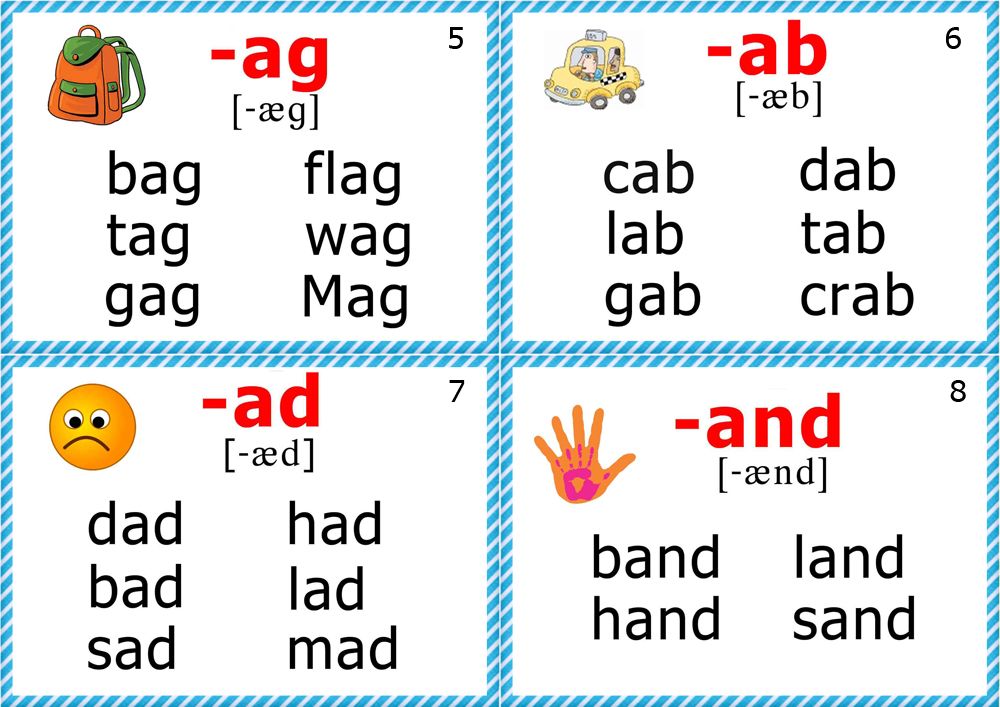 Read Aloud to your child
Read Aloud to your child
Teaching your child to read is truly a process that begins at infancy. No, I am most certainly NOT advocating programs that claim to teach your baby to read using flashcards! What I AM encouraging you to do is to begin reading with your newborn within days of welcoming her home! Not only is ongoing reading time building a special bonding time for the two of you, it instills in her a love for books. Enjoyment while reading is one of the single greatest predictors of reading success in school-age children. If children don’t learn from an early age to enjoy reading, it will most likely hinder their ability sometime down the road.
How much you read to your child is completely up to you and your family, but I suggest you aim to read at least 3-4 books a day, even while your child is very young. As she gets a little older and can sit for longer stretches of time, make it a family goal to read together for at least 20-minutes each day.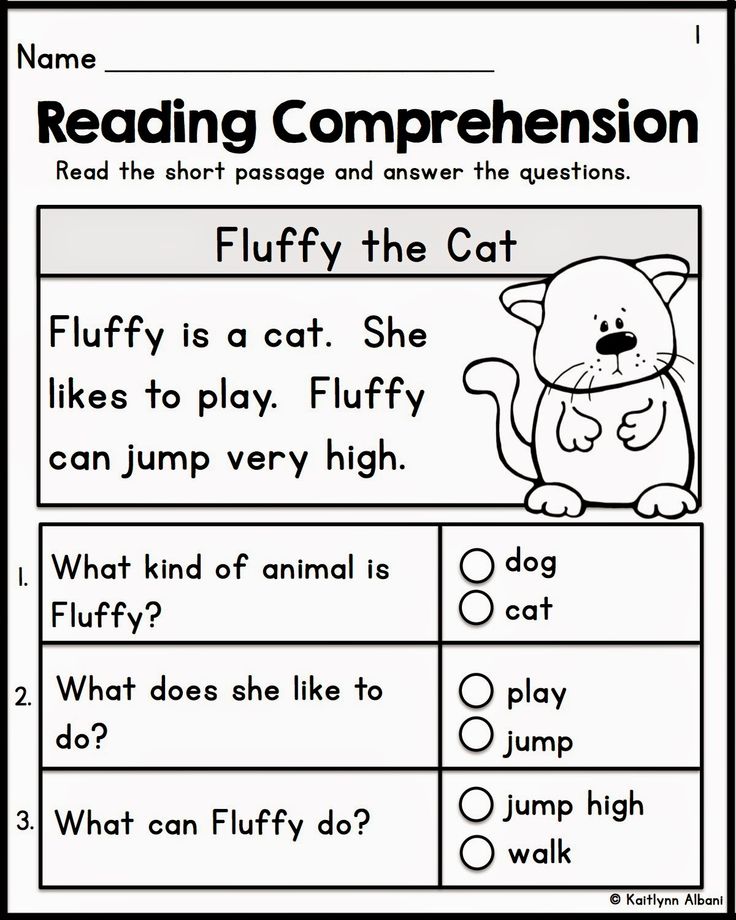
Here are a few suggestions for the types of books to read to your child. But by all means, read whatever your child responds to and enjoys!
- Birth-1 Year: Lullabies, Board Books (with real pictures), Cloth Books (with various textures), Song Books
- 1 Year-3 Years: Rhyming Books, Song Books, Short-Story Board Books
- 3 Years-5 Years: Alphabet Books, Song Books, Picture Books, Rhyming Books
2. Ask questions
Asking questions while reading to your child is not only great for encouraging your child to interact with the book, but it is also extremely effective in developing his ability to comprehend what he is reading. You see, if our main objective in “reading” is getting our child to “sound out” words, we have missed the boat entirely. Even children who can decode words and “read” with great fluency still might not be able to comprehend what they are reading. If a child can’t comprehend what he is reading, there really is no point to reading at all!
If a child can’t comprehend what he is reading, there really is no point to reading at all!
While your child is a baby, ask him questions such as, “Do you see the cat?” while pointing at the picture of the cat. This will not only develop his vocabulary, it will also encourage him to interact with the book that he is reading. As he gets older, ask him to point to things in the book himself and make the noises of the animals he sees.
Once your child is about 2 or 3-years of age, begin asking questions before, during, and after reading the book. Show your child the cover of the book and ask him what he thinks the story is going to be about (predicting). While reading, ask him what he thinks is going to happen in the story or why he thinks a character made a particular choice (inferring). If a character is depicting a strong emotion, identify that emotion and ask your child if he has ever felt that way (connecting). At the end of the book, ask if his prediction(s) came true. Afterwards, ask him to tell you what he remembered happening in the book (summarizing).
Afterwards, ask him to tell you what he remembered happening in the book (summarizing).
Modifying each of these techniques during read-alouds to meet the developmental stage of your child is a great way to promote and increase reading comprehension!
3. Be a good (reading) example
Even if your child is fascinated with books from an early age, her fascination will quickly dwindle if she does not see reading modeled in her home. If you are not an avid reader yourself, make a conscious effort to let your children see you reading for at least a few minutes each day! Read a magazine, a cookbook, a novel, your Bible…it’s up to you! But show your child that reading is something that even adults need to do. If you have a son, share this article with your husband. Sons need to see their fathers read, especially since it is not something that young energetic boys are naturally prone to doing.
As parents, we can sometimes get wrapped up with what exactly our children should be doing to be successful. But we often forget that children often learn by example. Grab a book and take a load off…for your child’s sake, of course!
But we often forget that children often learn by example. Grab a book and take a load off…for your child’s sake, of course!
Before our boys were born, we painted and hung large wooden letters spelling their name above the cribs as a decorative accent in their rooms. I would have never guessed that those wooden letters would have such a learning incentive for Big Brother! Around age 2.5, he began asking what letters were above his name. That’s honestly how he learned to spell his name…and he can spell his brother’s name too because he has taken an interest in his letters as well. In technical terms, this is called “environmental print” and includes all of the print we are surrounded by–fast food signs, labels, traffic signs, clothing, magazines, etc.
Often times, we want to force our children to learn letter names by a certain age. We buy flashcards or DVDs claiming to teach our children their letters.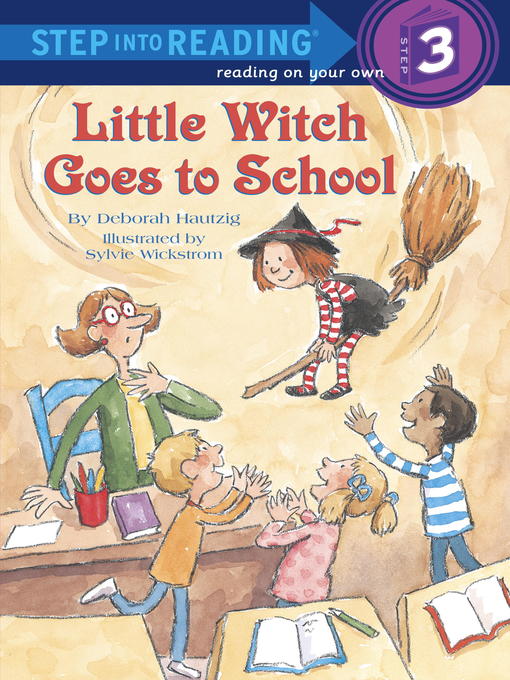 We drill our 2-year old over and over for minutes on end. Don’t buy into this…allow your kid to be a kid and take advantage of the “teachable moments” as they come along! Children’s minds are like sponges and are certainly capable of memorizing the alphabet from drilling, but that’s not the most effective method that will produce the best long-term results. Your child will be curious about the print he sees around him and will ask questions. That’s your chance to jump in with a practical application that actually has real meaning and significance to your child.
We drill our 2-year old over and over for minutes on end. Don’t buy into this…allow your kid to be a kid and take advantage of the “teachable moments” as they come along! Children’s minds are like sponges and are certainly capable of memorizing the alphabet from drilling, but that’s not the most effective method that will produce the best long-term results. Your child will be curious about the print he sees around him and will ask questions. That’s your chance to jump in with a practical application that actually has real meaning and significance to your child.
Don’t misunderstand me and think that I don’t think learning the alphabet is important. It is certainly important…but the method in which we teach them is even more important! Always keep in mind that our ultimate goal is to foster a lifelong learner who loves to read, not a child who has simply memorized without any significance.
5. Incorporate multiple domains of development
Children learn best when multiple senses or areas of development are included. That’s why hands-on learning produces longer retention and more meaningful application. Once your child has shown an interest in letters and you have already begun to utilize natural settings for identifying those letters, begin implementing activities that incorporate as many senses as possible. Keep in mind that learning letter names isn’t nearly as important as learning their sounds!
That’s why hands-on learning produces longer retention and more meaningful application. Once your child has shown an interest in letters and you have already begun to utilize natural settings for identifying those letters, begin implementing activities that incorporate as many senses as possible. Keep in mind that learning letter names isn’t nearly as important as learning their sounds!
There are a plethora of ways to incorporate multiple domains of development in regards to letter recognition and early-reading skills. Alphabet crafts allow your child to learn the shape of a letter along with an association of the sound it makes all the while utilizing fine motor skills in the process of cutting, gluing, and creating! Playing games that involve gross motor skills (like tossing beanbags on the appropriate letter) are also wonderful ways to include movement. Of course, every child loves songs and rhymes! Take an inventory of your child’s strengths and areas of interest and target activities to fit them!
6.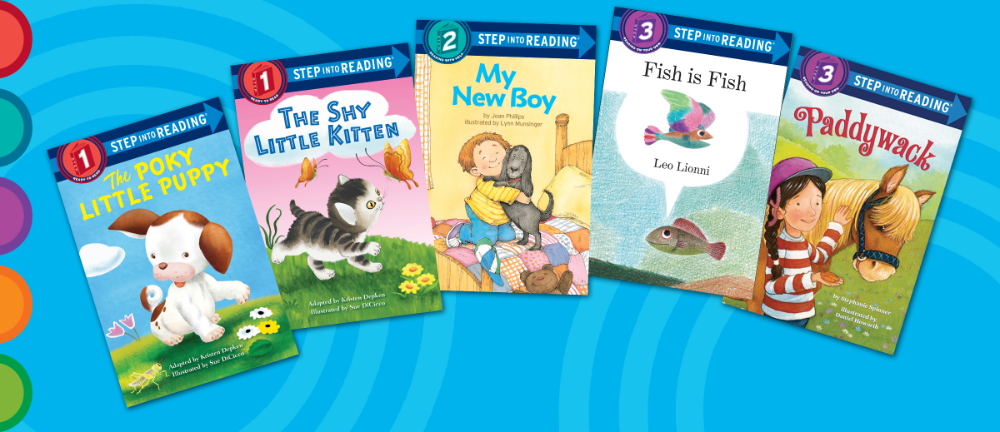 Classify the Genre
Classify the GenreOnce your child is around 5 and can recognize the difference between real and make-believe, I would suggest starting to help your child understand various genres of books during your reading time together. This might seem complicated, but it’s really not. There are around 5 different genres of children’s books that I would encourage you to point out to your little one. Of course you can use the term “type” rather than “genre” if that is easier to remember.
- Nonfiction (real stories or facts about animals, places, people, etc)
- Fantasy (make-believe, can’t happen in real life because of magic, talking animals, etc)
- Realistic Fiction (a made-up story, but it could technically happen in real life because the characters and situations arebelievable)
- Alphabet Books
- Song Books
When children classify a book into a certain genre, they have to first summarize the book in their head and recall details.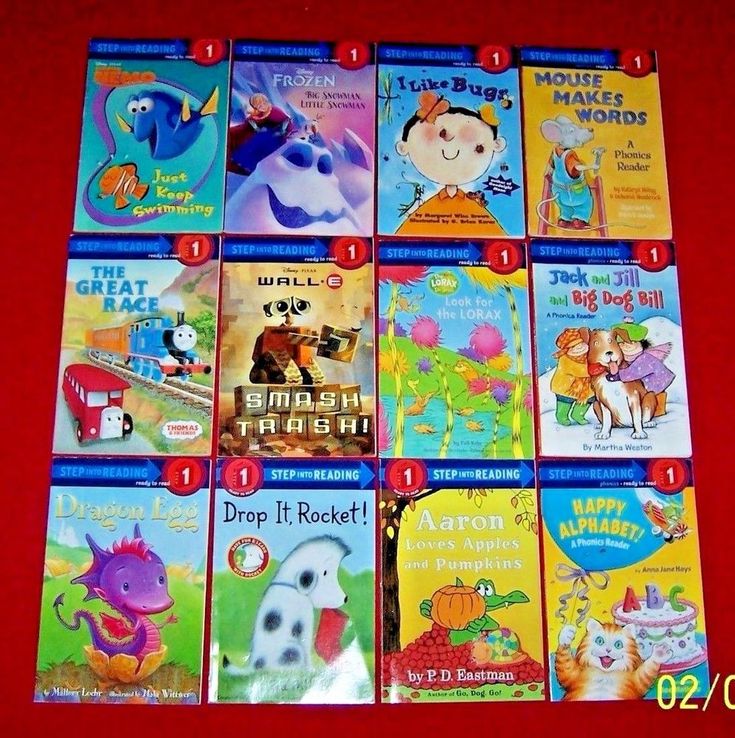 Then they have to use that information to decide which type of genre that particular books fits into. Finally, your child will be recalling details from other books in the same genre, making connections between the two. This simple activity that might take 5-10 seconds of your time after reading a book but it certainly packs a punch of thought and processing in that young brain!
Then they have to use that information to decide which type of genre that particular books fits into. Finally, your child will be recalling details from other books in the same genre, making connections between the two. This simple activity that might take 5-10 seconds of your time after reading a book but it certainly packs a punch of thought and processing in that young brain!
Also, it’s important to note that not all books will fit into one of these genres, especially books that are considered “phonics readers.” I would suggest that you do this exercise only with high-quality children’s literature, not with books that are attempting to get your child to “sound-out” on their own. Most picture books found in children’s libraries will fit into one of these genres.
Remember, our goal is for our children to learn to comprehend what they’re reading…otherwise reading will honestly do them little good. When we encourage our children to think about and process the book we’ve just read together, we are inadvertently modeling what we hope they’ll one day do independently!
7.
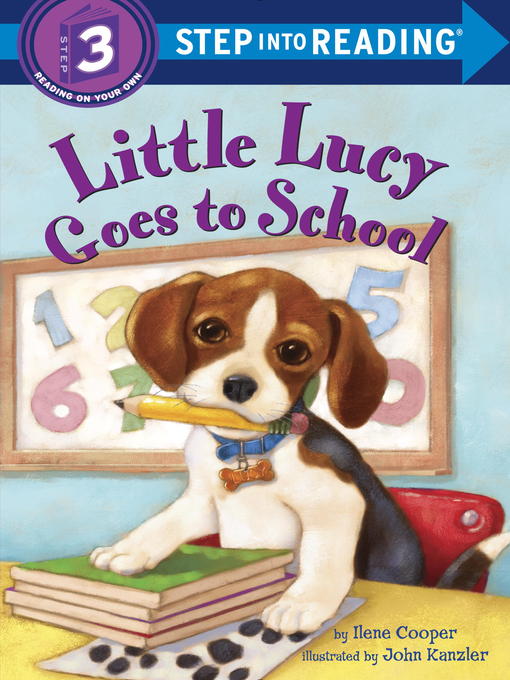 Focus on Phonemic Awareness and Phonics
Focus on Phonemic Awareness and Phonics“Phonemes” are the smallest sounds in the English language (go here for a complete list of phonemes). These sounds are made up of consonants, short vowels, long vowels, and digraphs. “Phonemic Awareness” consists of learning those sounds and how to manipulate them within a word. Digraphs are unique sounds comprised of individual letters like /th/, /sh/, /ch/, etc.
“Phonics” includes learning how to spell those sounds and the various rules that the English language follows. Learning the rules of phonics is an essential tool that helps a child learn to decode and spell. I used the Pathways To Reading program in the classroom as my phonemic awareness and phonics program and loved it! It made learning all of the tricky spellings so much fun! Pathways now has a homeschool version, which is amazing!
9. Decoding
Decoding is often referred to as “sounding it out.” Once your child knows the sounds each letter makes (which is taught in real, meaningful situations), she is ready to begin putting words together.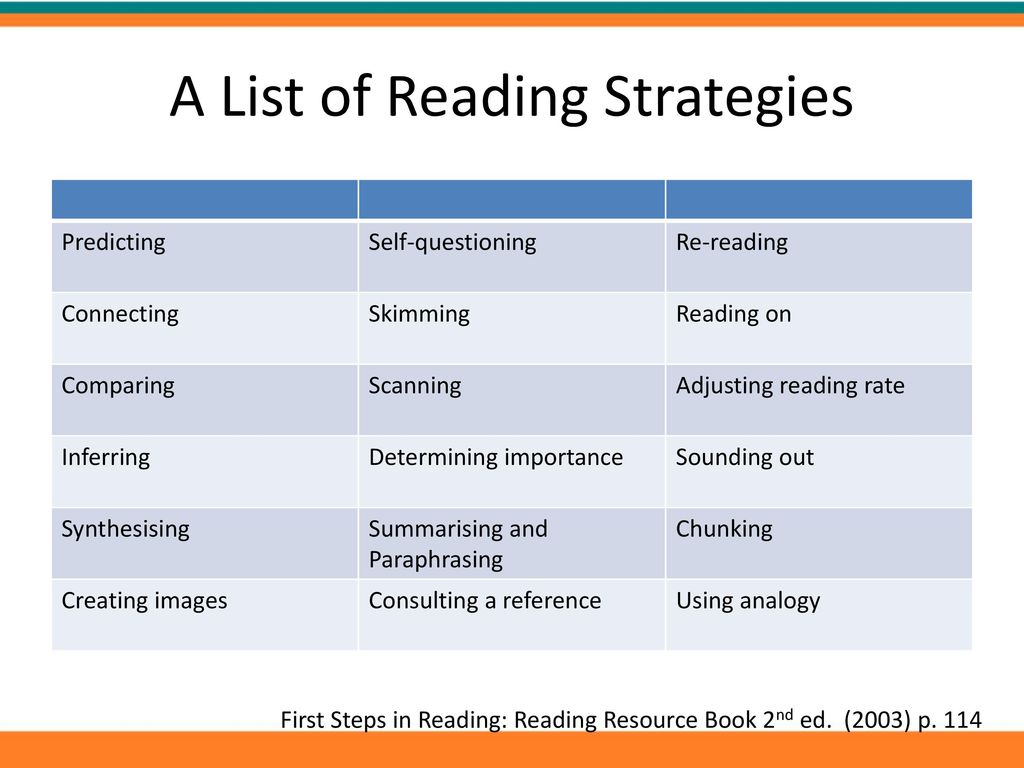 Decoding is a process that requires strong phonemic awareness skills and gives way to orthographic mapping, the process by which words are stored as “sight words” in long-term memory.
Decoding is a process that requires strong phonemic awareness skills and gives way to orthographic mapping, the process by which words are stored as “sight words” in long-term memory.
As children decode words with more frequency, they will become more proficient at automatically identifying that word. Researchers say it can take between 1-4 exposures of decoding before a word is transferred to long-term memory for automatic retrieval. Sometimes this task is tedious, and can’t be short-changed, so it’s important to find creative ways to make it fun. When I taught first grade, I used to buy little finger puppets that my students could use to point to the letters as they were decoding. This was a huge hit and made this process so much fun!
| Find these finger puppets and more at Oriental Trading |
10. Use a reading program with explicit, systematic instruction once he/she is in kindergarten and beyond
Most of the skills up to this point are what I would consider “pre-reader” skills that we, as parents, can work on during our child’s earliest years to make the process of learning to read much easier for our children.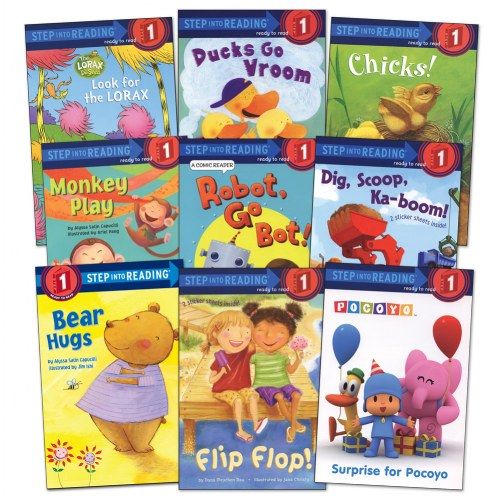 Once your child reaches school-age, be sure that you are using a program rooted in the science of reading, with explicit and systematic instruction in both phonemic awareness and phonics. If your child is headed to school, ask to look over the curriculum to ensure it is strong in these areas specifically. Some children will naturally learn the phonetic code more easily than others, as Nancy Young’s Reading Ladder suggests, but ALL children benefit from early code-based instruction.
Once your child reaches school-age, be sure that you are using a program rooted in the science of reading, with explicit and systematic instruction in both phonemic awareness and phonics. If your child is headed to school, ask to look over the curriculum to ensure it is strong in these areas specifically. Some children will naturally learn the phonetic code more easily than others, as Nancy Young’s Reading Ladder suggests, but ALL children benefit from early code-based instruction.
There is no better foundational reading program, in my opinion, than Pathways to Reading. The original curriculum has been used in classrooms and clinical settings for the last 20 years. The program has been involved in numerous research studies, showing statistically significant results. Pathways to Reading Homeschool now offers their groundbreaking curriculum for home educators, starting with Basic Foundational Reading (which is the equivalent of kindergarten-age instruction). All 5 areas of reading instruction, as identified by the National Reading Panel, are incorporated: Phonemic Awareness, Phonics, Vocabulary, Fluency, and Reading Comprehension. This is such an incredible resource for families and I can’t recommend it highly enough!
All 5 areas of reading instruction, as identified by the National Reading Panel, are incorporated: Phonemic Awareness, Phonics, Vocabulary, Fluency, and Reading Comprehension. This is such an incredible resource for families and I can’t recommend it highly enough!
Learning To Read is a Journey
In summary, here are some practical suggestions you can implement every day based on the learning to read strategies shared with you in this post. Obviously, you can’t implement all of these suggestions with children of all ages, so use your judgement about what is the best way to teach a child to read.
- Read to your child every day!
- Ask your child questions before, during, and after reading.
- Let your child see you reading.
- Look for letters while out and about and in the environment around you.
- When teaching letters and letter sounds, incorporate as many senses as possible.
- Read a variety of books and make a game out of guessing the genre.

- Have fun rhyming
- Play these oral phonemic awareness games together (no materials required)
- Encourage your child to sound out short words (consonant, vowel, consonant).
- Most of all, have fun together!
Teaching children to read isn’t easy. How do kids actually learn to read?
A student in a Mississippi elementary school reads a book in class. Research shows young children need explicit, systematic phonics instruction to learn how to read fluently. Credit: Terrell Clark for The Hechinger ReportTeaching kids to read isn’t easy; educators often feel strongly about what they think is the “right” way to teach this essential skill. Though teachers’ approaches may differ, the research is pretty clear on how best to help kids learn to read. Here’s what parents should look for in their children’s classroom.
How do kids actually learn how to read?
Research shows kids learn to read when they are able to identify letters or combinations of letters and connect those letters to sounds. There’s more to it, of course, like attaching meaning to words and phrases, but phonemic awareness (understanding sounds in spoken words) and an understanding of phonics (knowing that letters in print correspond to sounds) are the most basic first steps to becoming a reader.
Reading Matters
The Hechinger Report has been covering reading for over a decade, as debates about how to teach it have intensified. Check in with us for the latest in reading research.
If children can’t master phonics, they are more likely to struggle to read. That’s why researchers say explicit, systematic instruction in phonics is important: Teachers must lead students step by step through a specific sequence of letters and sounds. Kids who learn how to decode words can then apply that skill to more challenging words and ultimately read with fluency. Some kids may not need much help with phonics, especially as they get older, but experts say phonics instruction can be essential for young children and struggling readers “We don’t know how much phonics each kid needs,” said Anders Rasmussen, principal of Wood Road Elementary School in Ballston Spa, New York, who recently led the transformation of his schools’ reading program to a research-based, structured approach. “But we know no kid is hurt by getting too much of it.”
Some kids may not need much help with phonics, especially as they get older, but experts say phonics instruction can be essential for young children and struggling readers “We don’t know how much phonics each kid needs,” said Anders Rasmussen, principal of Wood Road Elementary School in Ballston Spa, New York, who recently led the transformation of his schools’ reading program to a research-based, structured approach. “But we know no kid is hurt by getting too much of it.”
How should your child’s school teach reading?
Timothy Shanahan, a professor emeritus at the University of Illinois at Chicago and an expert on reading instruction, said phonics are important in kindergarten through second grade and phonemic awareness should be explicitly taught in kindergarten and first grade. This view has been underscored by experts in recent years as the debate over reading instruction has intensified. But teaching kids how to read should include more than phonics, said Shanahan.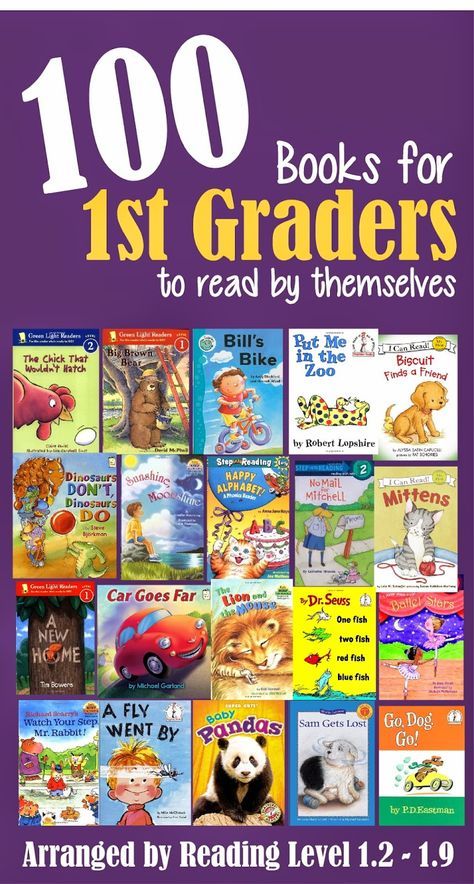 They should also be exposed to oral reading, reading comprehension and writing.
They should also be exposed to oral reading, reading comprehension and writing.
The wars over how to teach reading are back. Here’s the four things you need to know.
Wiley Blevins, an author and expert on phonics, said a good test parents can use to determine whether a child is receiving research-based reading instruction is to ask their child’s teacher how reading is taught. “They should be able to tell you something more than ‘by reading lots of books’ and ‘developing a love of reading.’ ” Blevins said. Along with time dedicated to teaching phonics, Blevins said children should participate in read-alouds with their teacher to build vocabulary and content knowledge. “These read-alouds must involve interactive conversations to engage students in thinking about the content and using the vocabulary,” he said. “Too often, when time is limited, the daily read-alouds are the first thing left out of the reading time. We undervalue its impact on reading growth and must change that.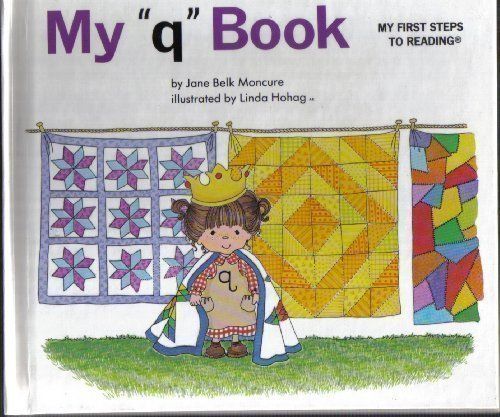 ”
”
Rasmussen’s school uses a structured approach: Children receive lessons in phonemic awareness, phonics, pre-writing and writing, vocabulary and repeated readings. Research shows this type of “systematic and intensive” approach in several aspects of literacy can turn children who struggle to read into average or above-average readers.
What should schools avoid when teaching reading?
Educators and experts say kids should be encouraged to sound out words, instead of guessing. “We really want to make sure that no kid is guessing,” Rasmussen said. “You really want … your own kid sounding out words and blending words from the earliest level on.” That means children are not told to guess an unfamiliar word by looking at a picture in the book, for example. As children encounter more challenging texts in later grades, avoiding reliance on visual cues also supports fluent reading. “When they get to ninth grade and they have to read “Of Mice and Men,” there are no picture cues,” Rasmussen said.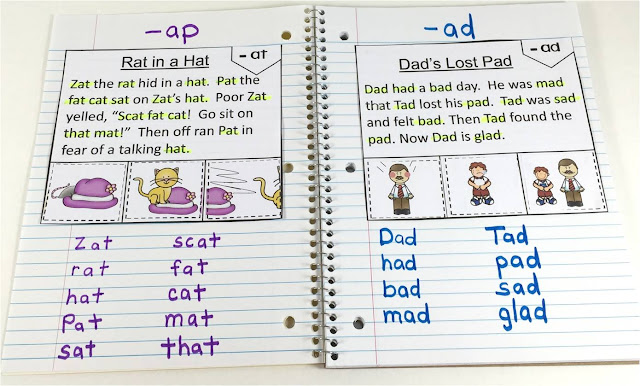
Related: Teacher Voice: We need phonics, along with other supports, for reading
Blevins and Shanahan caution against organizing books by different reading levels and keeping students at one level until they read with enough fluency to move up to the next level. Although many people may think keeping students at one level will help prevent them from getting frustrated and discouraged by difficult texts, research shows that students actually learn more when they are challenged by reading materials.
Blevins said reliance on “leveled books” can contribute to “a bad habit in readers.” Because students can’t sound out many of the words, they rely on memorizing repeated words and sentence patterns, or on using picture clues to guess words. Rasmussen said making kids stick with one reading level — and, especially, consistently giving some kids texts that are below grade level, rather than giving them supports to bring them to grade level — can also lead to larger gaps in reading ability.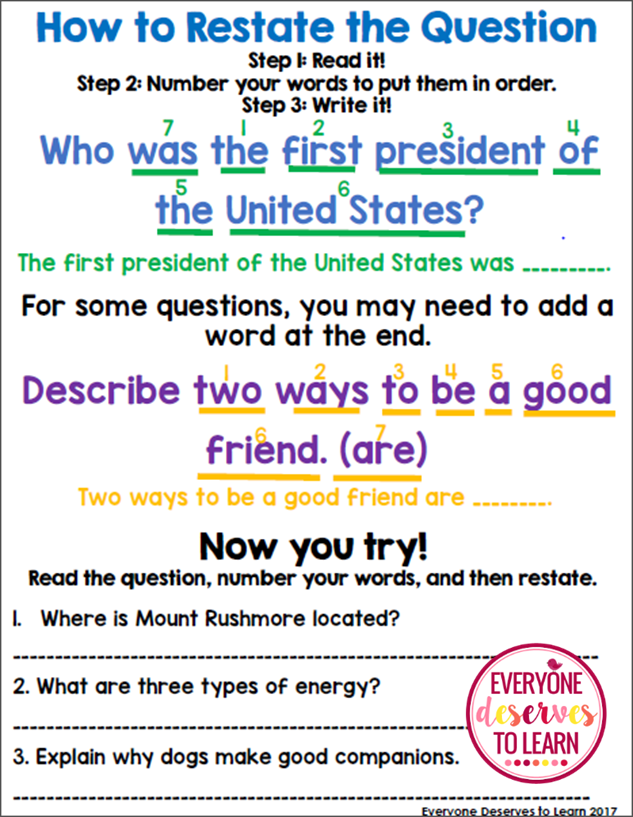
How do I know if a reading curriculum is effective?
Some reading curricula cover more aspects of literacy than others. While almost all programs have some research-based components, the structure of a program can make a big difference, said Rasmussen. Watching children read is the best way to tell if they are receiving proper instruction — explicit, systematic instruction in phonics to establish a foundation for reading, coupled with the use of grade-level texts, offered to all kids.
Parents who are curious about what’s included in the curriculum in their child’s classroom can find sources online, like a chart included in an article by Readingrockets.org which summarizes the various aspects of literacy, including phonics, writing and comprehension strategies, in some of the most popular reading curricula.
Blevins also suggested some questions parents can ask their child’s teacher:
- What is your phonics scope and sequence?
“If research-based, the curriculum must have a clearly defined phonics scope and sequence that serves as the spine of the instruction.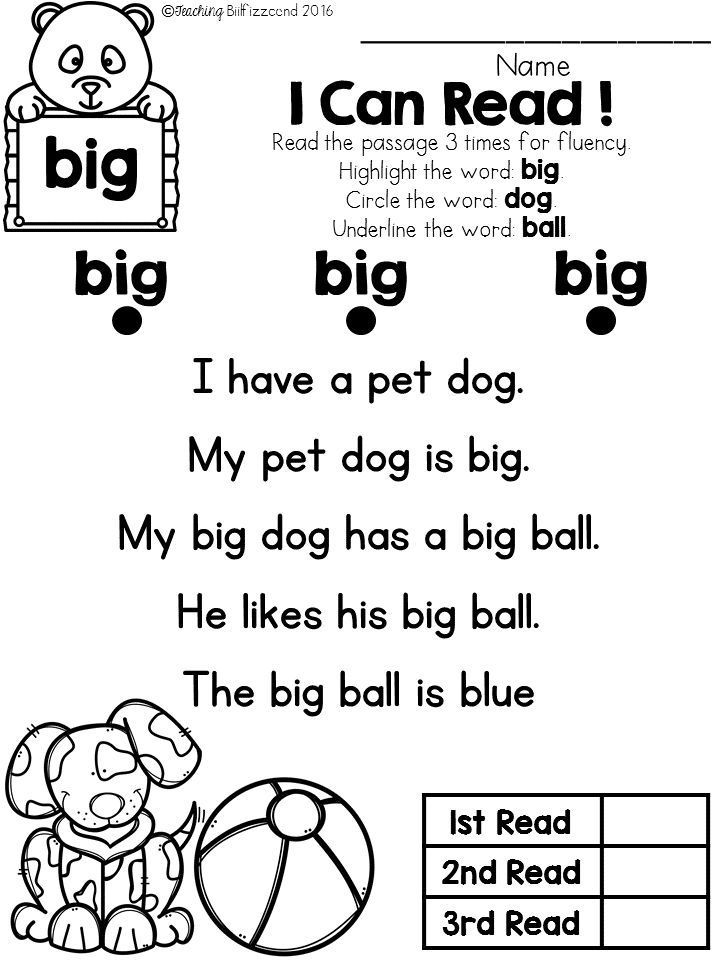 ” Blevins said.
” Blevins said.
- Do you have decodable readers (short books with words composed of the letters and sounds students are learning) to practice phonics?
“If no decodable or phonics readers are used, students are unlikely to get the amount of practice and application to get to mastery so they can then transfer these skills to all reading and writing experiences,” Blevins said. “If teachers say they are using leveled books, ask how many words can students sound out based on the phonics skills (teachers) have taught … Can these words be fully sounded out based on the phonics skills you taught or are children only using pieces of the word? They should be fully sounding out the words — not using just the first or first and last letters and guessing at the rest.”
- What are you doing to build students’ vocabulary and background knowledge? How frequent is this instruction? How much time is spent each day doing this?
“It should be a lot,” Blevins said, “and much of it happens during read-alouds, especially informational texts, and science and social studies lessons.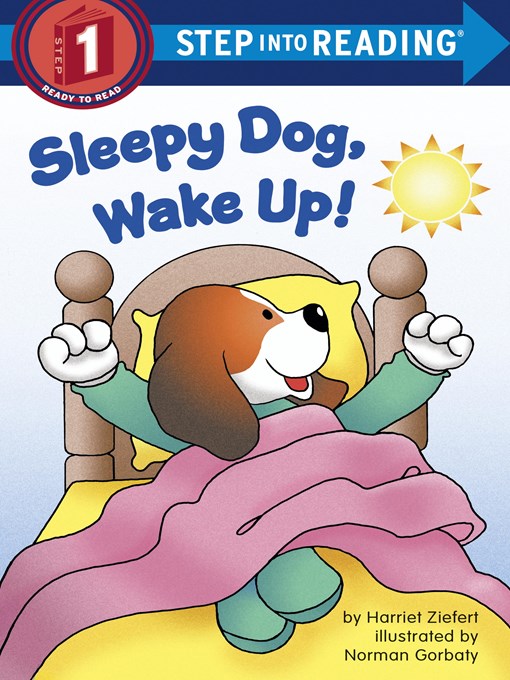 ”
”
- Is the research used to support your reading curriculum just about the actual materials, or does it draw from a larger body of research on how children learn to read? How does it connect to the science of reading?
Teachers should be able to answer these questions, said Blevins.
What should I do if my child isn’t progressing in reading?
When a child isn’t progressing, Blevins said, the key is to find out why. “Is it a learning challenge or is your child a curriculum casualty? This is a tough one.” Blevins suggested that parents of kindergarteners and first graders ask their child’s school to test the child’s phonemic awareness, phonics and fluency.
Parents of older children should ask for a test of vocabulary. “These tests will locate some underlying issues as to why your child is struggling reading and understanding what they read,” Blevins said. “Once underlying issues are found, they can be systematically addressed.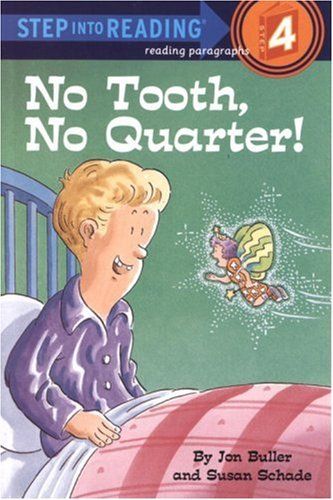 ”
”
“We don’t know how much phonics each kid needs. But we know no kid is hurt by getting too much of it.”
Anders Rasmussen, principal of Wood Road Elementary School in Ballston Spa, New York
Rasmussen recommended parents work with their school if they are concerned about their children’s progress. By sitting and reading with their children, parents can see the kind of literacy instruction the kids are receiving. If children are trying to guess based on pictures, parents can talk to teachers about increasing phonics instruction.
“Teachers aren’t there doing necessarily bad things or disadvantaging kids purposefully or willfully,” Rasmussen said. “You have many great reading teachers using some effective strategies and some ineffective strategies.”
What can parents do at home to help their children learn to read?
Parents want to help their kids learn how to read but don’t want to push them to the point where they hate reading.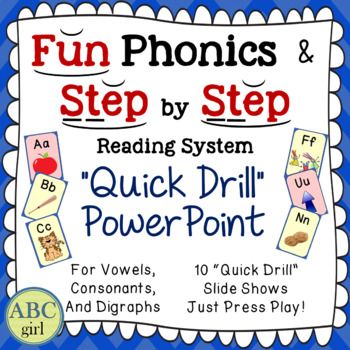 “Parents at home can fall into the trap of thinking this is about drilling their kid,” said Cindy Jiban, a former educator and current principal academic lead at NWEA, a research-based non-profit focused on assessments and professional learning opportunities. “This is unfortunate,” Jiban said. “It sets up a parent-child interaction that makes it, ‘Ugh, there’s this thing that’s not fun.’” Instead, Jiban advises making decoding playful. Here are some ideas:
“Parents at home can fall into the trap of thinking this is about drilling their kid,” said Cindy Jiban, a former educator and current principal academic lead at NWEA, a research-based non-profit focused on assessments and professional learning opportunities. “This is unfortunate,” Jiban said. “It sets up a parent-child interaction that makes it, ‘Ugh, there’s this thing that’s not fun.’” Instead, Jiban advises making decoding playful. Here are some ideas:
- Challenge kids to find everything in the house that starts with a specific sound.
- Stretch out one word in a sentence. Ask your child to “pass the salt” but say the individual sounds in the word “salt” instead of the word itself.
- Ask your child to figure out what every family member’s name would be if it started with a “b” sound.
- Sing that annoying “Banana fana fo fanna song.” Jiban said that kind of playful activity can actually help a kid think about the sounds that correspond with letters even if they’re not looking at a letter right in front of them.

- Read your child’s favorite book over and over again. For books that children know well, Jiban suggests that children use their finger to follow along as each word is read. Parents can do the same, or come up with another strategy to help kids follow which words they’re reading on a page.
Giving a child diverse experiences that seem to have nothing to do with reading can also help a child’s reading ability. By having a variety of experiences, Rasmussen said, children will be able to apply their own knowledge to better comprehend texts about various topics.
This story about teaching children to read was produced by The Hechinger Report, a nonprofit, independent news organization focused on inequality and innovation in education. Sign up for Hechinger’s newsletter.
The Hechinger Report provides in-depth, fact-based, unbiased reporting on education that is free to all readers. But that doesn't mean it's free to produce. Our work keeps educators and the public informed about pressing issues at schools and on campuses throughout the country. We tell the whole story, even when the details are inconvenient. Help us keep doing that.
Our work keeps educators and the public informed about pressing issues at schools and on campuses throughout the country. We tell the whole story, even when the details are inconvenient. Help us keep doing that.
Join us today.
Take the first step. Speed reading. How to remember more by reading 8 times faster
Take the first step
The first step is a new arm movement. It is not very difficult, but it needs to be done as quickly as possible. The goal is to practice seeing a group of words at the same time, not reading them, as this is the first step to learning to really speed read.
This new hand movement is called circle because you will be making many small circles as you go through the text. Using your index finger, proceed as shown in fig. 10, "going" one line and then going down three or more lines and "drawing" circles very quickly as your finger moves back across the page from right to left.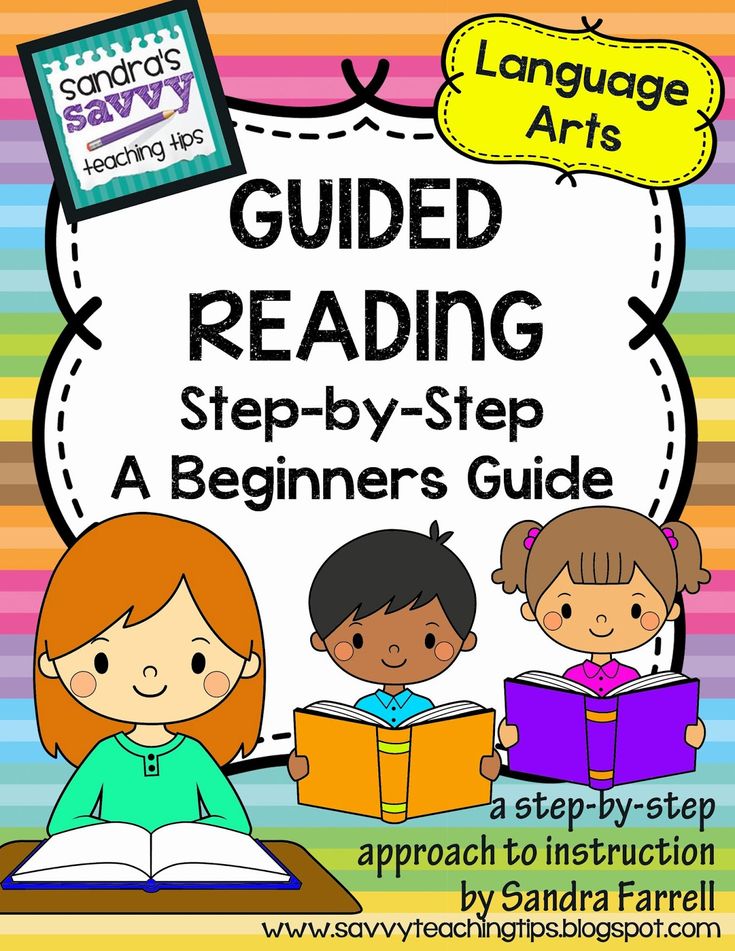
Fig. 10. Hand circles
It is very important to move very quickly in circles. When you do this at a fast pace, the sweeping motion catches your eye and you see through your fingers and you can perceive all the words within the circles in the three or more lines they cover.
You are not required to read these words. If you do circular motions slowly, you will close the words and achieve nothing. First you st to count as you go along (“and one, and two, and three, and one ...”, etc.), and make sure that you spend no more than 3 seconds on “underlining” rows and return back using circular motions.
Below is a practice exercise so that tomorrow you will be ready to take the next step.
Exercise No. 21
Materials: any book.
1. Open the book at the beginning of any chapter.
Start practicing circular motions by “underlining” the first line of a paragraph with your index finger, and then going down 3 lines or more, start quickly “drawing” circles going back from right to left, then go down 1 line and start all over again.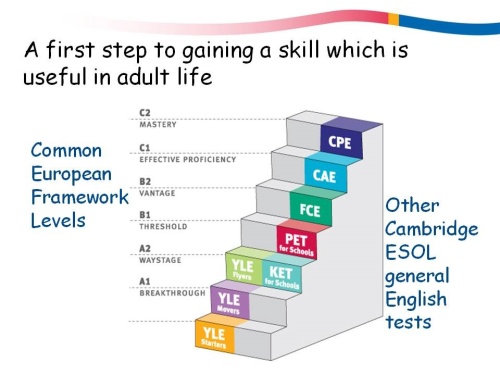
2. Make sure you see all the words (don't read them!). A simple check in this case will be your confidence that all the words in the book are written in Russian.
3. Practice for 5 minutes or until you feel that this hand movement is easy and comfortable for you. You can repeat this exercise with the same chapter as often as you like.
To complete today's work, go to the practice exercises for the third week of training.
This text is an introductory fragment.
Take the next step
Take the next step When you want to remember information for a long time, more than a few days, and if you have already completed the previous steps - reading and remembering, then you are ready to take the next step. It consists in modifying your memory scheme without peeping into
Make your choice
Make your choice What do we do with such a thing as authority? Do you want to create authority for yourself and make some important changes in the world around you? If you are waiting for permission to stand up, speak up, and then "raise the sails", then sorry.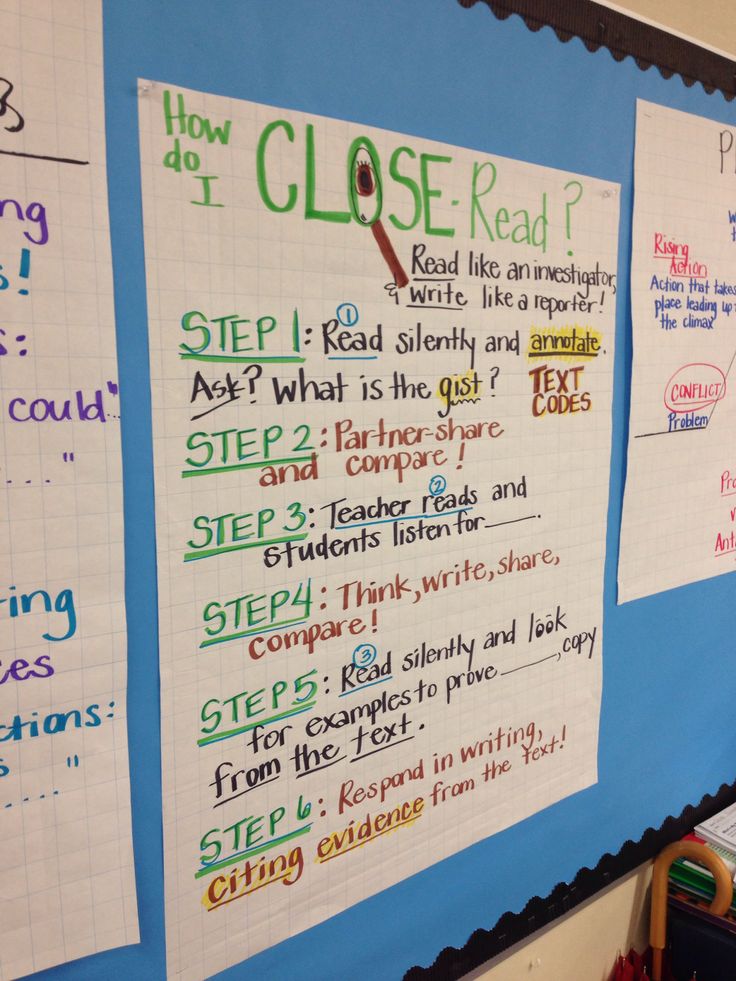 No room left here
No room left here
Take a break
Take a break If you feel like you've hit a blank wall, pause. Go for a walk, ride a bike, rollerblade, run—any physical activity will do. It is best to study alone, from twenty minutes to an hour
Take the first step towards health and a slim figure - stop fighting your own weight
Take the first step towards health and a slim figure - stop fighting your own weight By reading this book, you will learn how to eat right and how to lead a healthy lifestyle. In addition, you will understand what caused your problem, find out which internal
Step Four: Take a Break
Step four: take a break As in the practices of attention and insight described above, there is also the possibility that you will get tired of this practice or get bored with it. No, no, you might think, I must try again. Perhaps the essence of the practice will become
No, no, you might think, I must try again. Perhaps the essence of the practice will become
Read online "Two hundred and first step", Sergey Lukyanenko - LitRes
For some reason adults think that children are stupid.
When I was little, my mother and father always scared me. For example, that if I start doing this, then warts will grow on my palms. Masha from a neighboring apartment was told by her parents that her finger would get stuck and break. Grandfather told Rustem from the second entrance that you can go blind!
Anyway, of course, everyone was doing it. Who at night, under the covers, who locked themselves in the bathroom and turned on the water. The Bobrikov brothers are with each other, but they are twins and idiots, everything is different with them.
Well, couldn't you just say - "You can't pick your nose, because you will bring the covid virus to the mucous membranes and get sick!" Everyone understands everything perfectly, even at the age of three, children know how the virus looks and how it is transmitted, draw it in pictures, and then they are torn to shreds.
I also sometimes pick my nose, but only at home, after washing my hands with soap and hot water for forty seconds. When I wash my hands, I sing a song: “And the enemy will never make your head bow…”
Later, with clean hands, you can… Well, it's a shame, of course. Ten years old, big guy, but picking his nose. But before it was allowed. Honestly! I found one old book, there was even a verse: “There is no more pleasant thing to do than to pick your nose ...” I tore out this page quietly and hid it under my mattress. And then dad will burn the whole book. He is a dentist and is very strict about biosecurity.
Or about disinfectant liquid. It turns out that adults are afraid that we will try it. They say that it is tasteless and poisonous, it kills not only the virus, but also people. As if we do not know that in the evenings adults mix it with water and then drink it, eating buckwheat with canned food. Mom once suspected that I had seen it. And she told me that the virus is more dangerous for adults, so they need to be disinfected from the inside, but children do not have to.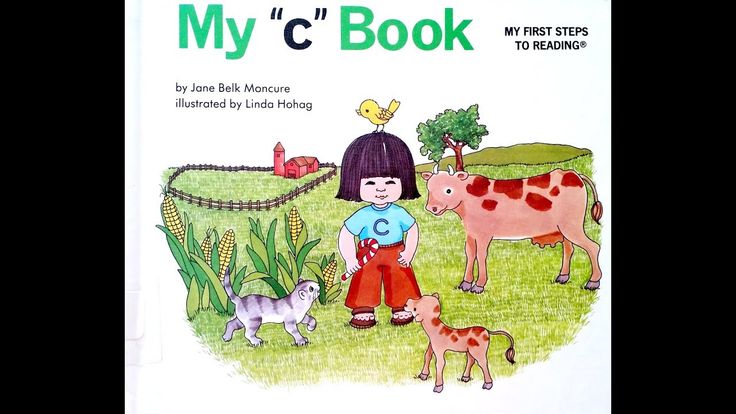
As if it would occur to a child to drink such filth!
We understand everything, and we know everything about the pandemic. And in general, we are not very worried that it is impossible to move further from the house than a hundred meters. One hundred meters is two hundred steps! And in every direction!
If you go to the right, there is a convenience store and a pharmacy. These are very important places, because you can only leave the house to the nearest store. But we rarely get to run there, dads and moms go there. This is their entertainment.
If you go straight, you can reach the fence of the park and stand, look at the big trees and ducks in the pond. There are all sorts of crazy people wandering around the park who violate the quarantine, when they appear, we run away. They sometimes shout after: “Children! Children, don't be afraid, come here!" Some wave toys or bring balloons. But we are not fools to wait for them, and if toys and balls are left by the fence, we throw stones at them.


